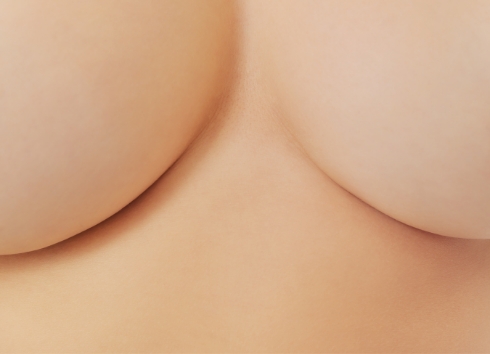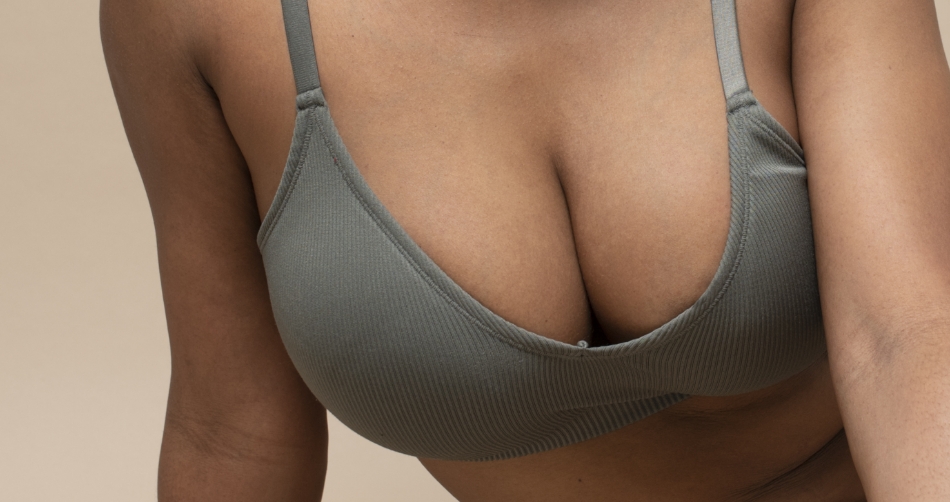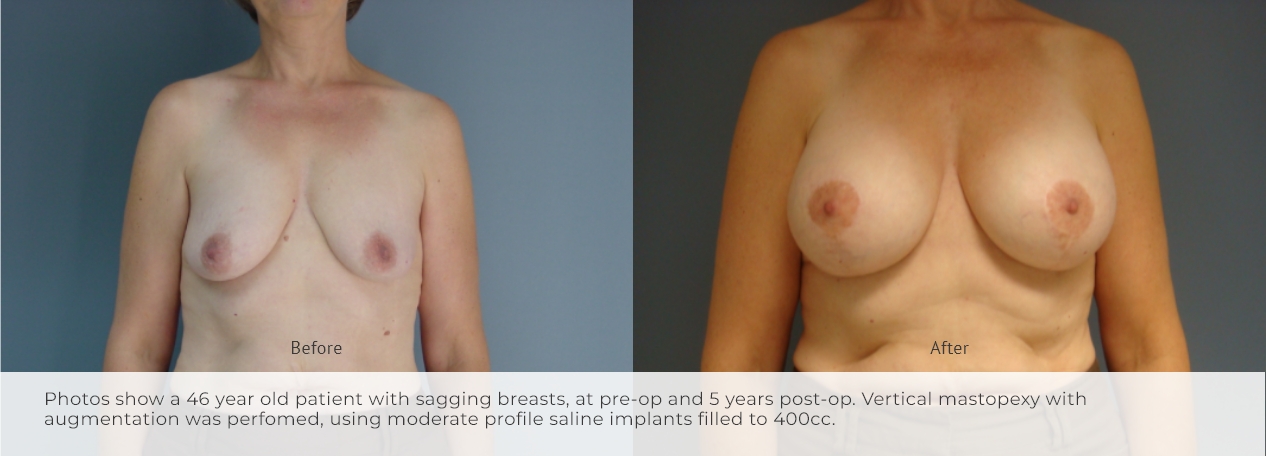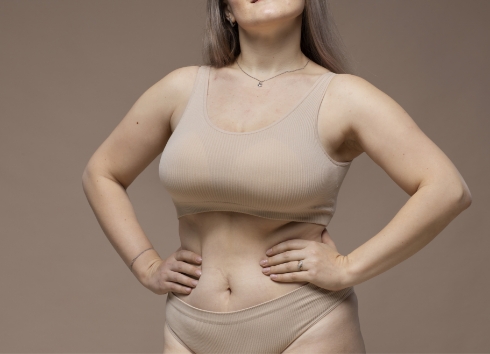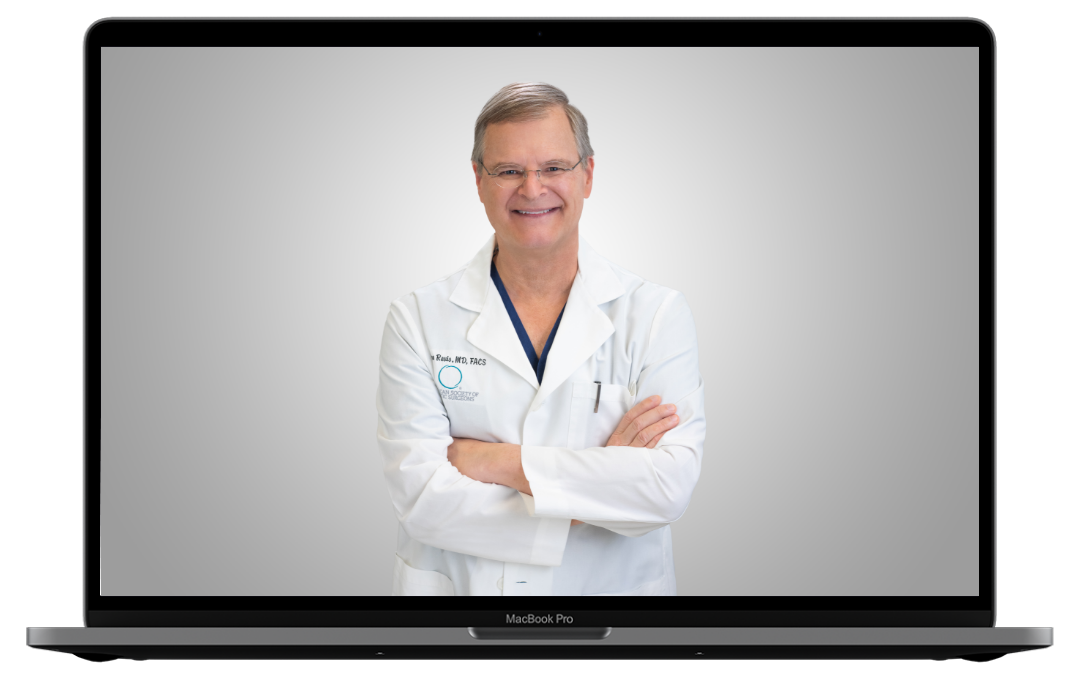-
Breast Lift (Mastopexy)
Lifting of Sagging Breasts for a More Youthful Look
Breast lift, or mastopexy, is a surgical procedure to lift the breasts. Good candidates for a breast lift are women who, for a variety of reasons such as gravity, aging, pregnancy, and breast feeding, have experienced a sagging of the breasts. As the skin loses its elasticity, the breasts tend to elongate and lose their more youthful form.
As the breasts begin to sag, they may also lose some of their size that they previously had. Because of this, Dr. Revis may recommend that you consider breast augmentation at the same time as your breast lift. This can easily be accomplished at the same surgery and through the same incisions. Adding a breast implant simultaneously while lifting the breast can often improve fullness in the upper part of the breast and add cleavage.
If you think you might be a good candidate for a breast lift
If you think you might be a good candidate for a breast lift with or without augmentation, this page will give you a basic understanding of the procedure and the results you can expect. If you are also considering an augmentation, be sure to read our page regarding breast augmentation.
Dr. Revis’ Approach
The cornerstone of Dr. Revis’ approach is to individualize treatment to your specific circumstances and goals and to ensure that you have an adequate understanding of the issues involved so that you are able to make a fully informed decision. This will help you achieve the appearance you desire with the least invasive procedure available, thus creating a mutually rewarding experience. Dr. Revis invites you to visit his office for a complimentary consultation to discuss the procedure in greater detail. You are also invited to email Dr. Revis with your questions, or we can mail you more detailed information regarding the procedure.
Consider Plastic Surgery
As you consider plastic surgery, one of the most important decisions you will make is choosing your surgeon. Our pledge to you is to provide the latest, state of the art cosmetic plastic surgery in a safe and professional environment. Dr. Revis is a recognized specialist in the field of cosmetic plastic surgery and is board certified by the American Board of Plastic Surgery, the only plastic surgery board recognized by the American Board of Medical Specialties. He is also an active member of the American Society of Plastic Surgeons and has also been named among “America’s Top Surgeons” by the Consumers’ Research Council of America.
Our goal is to provide you with the ultimate patient experience. Our well-trained staff will help you understand your procedure, our financial policies, the scheduling of your surgery, and your post-operative care. We are available to assist you during our regular office hours, Monday through Friday. Dr. Revis is also available 24 hours a day to post-surgical patients; he will give you his cell phone number after surgery so that you will always be able to reach him with any questions or concerns you might have during your recovery.
-
The Consultation
During Your Initial The Consultation with Dr. Revis
During your initial consultation, Dr. Revis will inquire about your medical history, prior procedures, medications, allergies, and your motivations for seeking plastic surgery. It is very important that you be thorough when providing your medical history, as this information helps to prevent complications during your care. When asked about medications, be sure to include any vitamin or herbal preparations, as these can affect your blood pressure and clotting ability. Honesty regarding your use of tobacco and alcohol is also very important, as these may have a profound impact on your recovery period and your ability to heal following your procedure.
Reviewing Your Medical History
After reviewing your medical history, Dr. Revis will discuss your concerns, priorities and motivations for pursuing plastic surgery, as well as your fears. After examining you, Dr. Revis will be able to offer advice and options to help you achieve the appearance you desire. He will also explain the advantages and disadvantages of the different options you have before you.
At the completion of your consultation, our Patient Coordinator will give you a written estimate of the cost of the procedure. At this time, you will have the option to schedule your procedure if you so choose. The decision to undergo surgery is a very important one, and the final decision should be given very careful consideration. Dr. Revis realizes the importance of this decision, and at no time will you be pressured to make a decision. You are also encouraged to bring your spouse, significant other, family member, or a friend to your consultation.
-
Where Your Procedure Will Be Performed
Dr. Revis has been granted staff privileges at our local hospitals and outpatient surgery centers. In the interest of the safety of his patients, he only performs surgery in fully accredited facilities with the proper services and staff. Dr. Revis usually performs breast lift surgery at the Holy Cross HealthPlex or the Imperial Point Surgery Center (both are fully accredited ambulatory surgery centers). or the Imperial Point Surgery Center (a fully accredited ambulatory surgery center). The staff of these facilities are very experienced in the care of plastic surgery patients in general and specifically in the care of Dr. Revis’ patients.
-
Types of Anesthesia
Anesthesia is an Essential Part
Anesthesia is an essential part of any surgical procedure and must be performed safely. For breast lift surgery, you may choose among several options. General anesthesia is the deepest form of anesthesia. You are asleep, feel no pain, and will not remember the procedure. This is the type of anesthesia that is recommended for more extensive procedures and those involving the placement of breast implants.
Dr. Revis will be able to Offer Advice and Options
An intermediate form of anesthesia, the laryngeal mask airway (LMA), is a relatively new technique. This technique is similar to twilight sleep in that you are breathing on your own, but the method of sedation differs. With an LMA, you actually breathe anesthetic gases administered by the anesthesiologist, rather than receive intravenous sedation via your intravenous line. These anesthetic gases cause you to sleep during the procedure. At the completion of the procedure, the gases are turned off and you wake up from your sleep. You will feel no pain, and you will not remember the procedure. This is the most common type of anesthesia used by Dr. Revis because he feels that the effects of this type of anesthesia leave your body the fastest, allowing you to feel better faster with very little likelihood of post-operative nausea.
The Final Decision Should be Given Very Careful Consideration
The prevention of post-operative nausea and vomiting is also a focus of Dr. Revis’ approach to breast lift surgery. To improve your overall experience and ensure you feel better faster following your breast lift, he has developed a technique that has resulted in a very low incidence of post-operative nausea and vomiting. You will be given an oral dose of Emend at the beginning of your operation. Emend is a new drug which is currently the best medication available to prevent nausea and vomiting. Dr. Revis feels it is a very important component of his overall approach to make sure that your experience is as pleasant as possible.
Dr. Revis will discuss anesthesia with you more thoroughly at the time of your consultation, and please ask him about anything you do not understand.
-
Details of the Procedure
Breast lift surgery Takes One and a Half Hours
Breast lift surgery takes one and a half hours to perform, depending on what type of lift you are having performed and how much correction is required. Depending on the amount of reshaping that is required, a crescent mastopexy (using an incision from 10 o’clock to 2 o’clock around the top of the areolar border can raise the nipple 1-2 centimeters), a Binelli (aka donut) mastopexy (using an incision around the outer border of the areola can raise the nipple up to 4 centimeters), a vertical mastopexy (creating a lollipop-shaped incision around the outer border of the areola and extending downwards towards the inframammary crease can lift the nipple up to 6 centimeters), or a full traditional mastopexy (creating an anchor-shaped or inverted-T shaped incision around the outer border of the areola and extending downwards to the inframammary crease and then medially and laterally along the inframammary crease can lift the nipple 8 centimeters or more) may be indicated.
Our Pledge
After you are properly anesthetized in the operating room, Dr. Revis will inject a solution of local anesthetics along the borders of the breasts, and underneath the intended incision site(s). This injection solution consists of a special combination of lidocaine (xylocaine), marcaine (sensorcaine, bupivicaine) and epinephrine. This accomplishes several objectives. First, the epinephrine causes vasoconstriction of the area, reducing your potential for bleeding and bruising. Secondly, the lidocaine provides a rapid numbing of the area. Although you are asleep, this prevents the brain from registering any pain from the region during the operation. Studies have shown that this so-called preemptive analgesia actually decreases your sensation of pain post-operatively, decreases the amount and length of time you will need to take pain medication post-operatively, and also leads to a more rapid return to normal daily activities. Finally, the marcaine component of this local anesthetic mixture is a long-acting local anesthetic. This actually prolongs the numbness of the area, making you more comfortable following surgery and delaying the time at which you will begin to need any pain medications.
Allowing time for mixture to take effect
After allowing time for the local anesthetic mixture to take effect, Dr. Revis will make the incisions necessary for the procedure. Using the newest techniques and instruments, Dr. Revis will perform the procedure you have discussed. If your procedure involves silicone breast implants, he will use the Keller Funnel to place them. The Keller Funnel employs the no-touch technique, reduces trauma to the implant and patient tissues and allows the use of smaller incisions. Read more about the Keller Funnel.
Dr. Revis also uses a technique in which all of the sutures are placed beneath the skin and are absorbed by your body. Not having to undergo suture removal has improved patient comfort and satisfaction.
-
Products to Help You Heal
Silagen or Skinuva – Made with 100% pure medical grade silicone, these products offer a clear, fast drying gel that will help flatten, soften and smooth scars. It also helps reduce redness, discoloration, itching, and pain.
Arnica Montana is a natural product from Sweden which has been shown in clinical studies to reduce post-operative bruising and swelling. Begun the evening prior to surgery, this product is continued for four days post-operatively.
These products are available for purchase in our office. Please ask us about these products and others if you have any further questions about whether or not these would be beneficial for you during your healing period.
-
After Your Procedure
Outpatient Procedure
Breast lift surgery is most often performed as an outpatient procedure. You will spend approximately one hour in the recovery area prior to being discharged in the company of a friend or family member.
When you Wake Up From Your Procedure
When you wake up from your procedure, you will be in the recovery room and will be wearing a soft surgical bra or sports bra. You may remove this bra on the second day following surgery and begin showering daily. You should wash your surgical bra daily while you are bathing. After showering, simply pat your incisions dry and replace your surgical bra.
The Antibiotics Prescribed
The antibiotics that were prescribed during your preoperative visit (usually Augmentin) should be taken twice daily beginning on the evening prior to surgery. Continue this medication for five days post-operatively or until it is gone. The pain medication prescribed by Dr. Revis during your preoperative visit (usually Lortab or Vicodin) should be taken fairly regularly, every four hours or so, during the first 24 hours (when you are not asleep, of course). Most patients find that they are able to transition to Tylenol after three or four days. It is not safe to drive a car within 24 hours of taking pain medication, as your reflexes and alertness may be altered. Dr. Revis may prescribe a muscle relaxant (usually Flexeril) for you if he suspects that your muscles may be tight and uncomfortable following surgery. If so, you may take one tablet every eight hours if needed for muscle tightness.
Take it easy following your breast lift
You should plan to take it easy following your breast lift. No strenuous activities, heavy lifting (over 20 pounds), aerobic exercises, swimming, contact sports, tennis, or golf should be planned for the first several weeks. As Dr. Revis monitors your recovery, he will advise you when it is safe to resume specific activities.
-
The Results You Can Expect
Improvement in the Shape of your Breasts
You will notice an improvement in the shape of your breasts immediately following surgery. A mild swelling may take several weeks to subside. You can plan to resume your normal daily activities the day following your surgery, and you may expect to be able to return to all sports activities within three weeks of your surgery.
Call 954-630-2009 to schedule your consultation
Breast Augmentation Before & After Photos
free Virtual Consultation
Get a FREE, no obligation consultation via email! Simply send in your photos to consult@drrevis.com and we will get back to you quickly!

